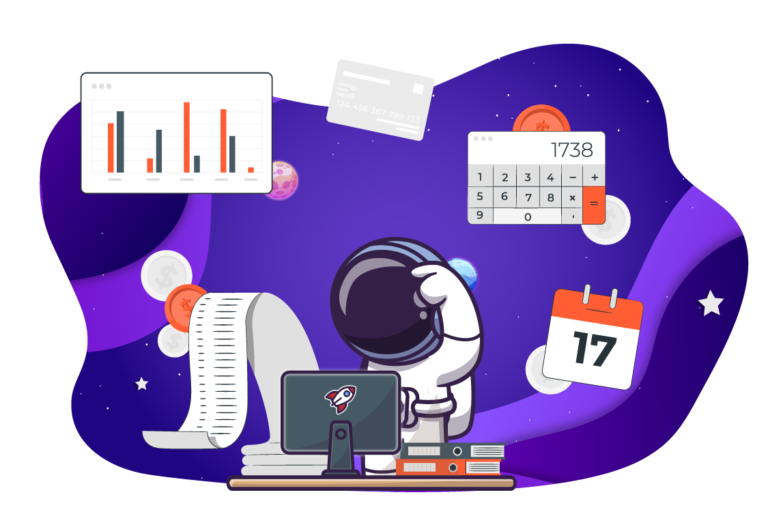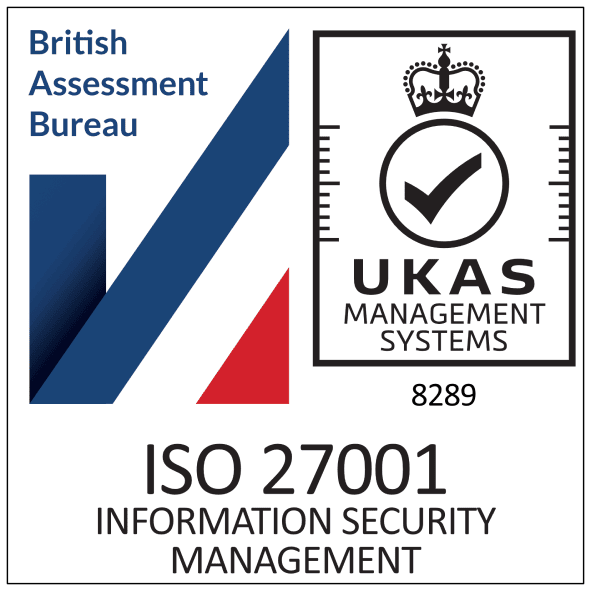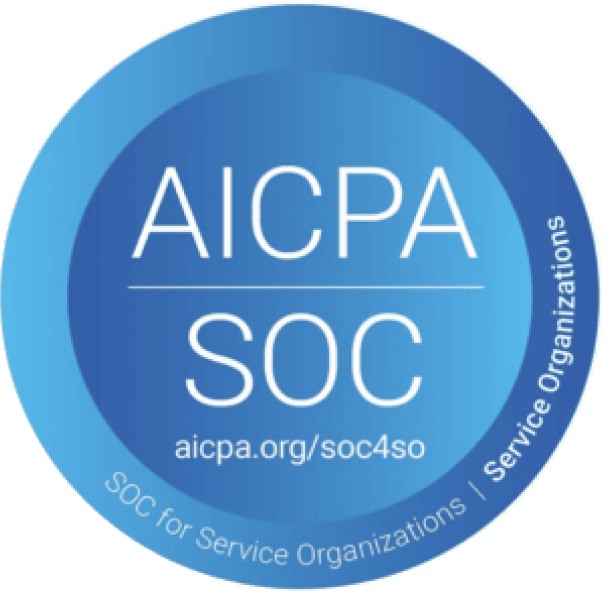All of us receive a huge number of emails in a day — some are plain spam, some are updates from stores and apps that you forgot to unsubscribe to, and lastly, some contain information that is relevant and useful to you. So how do you make your emails stand out to a user…
So how do you make your emails stand out to a user receiving an influx of emails every day? Here is where email marketing comes into play.
An email marketing campaign is a coordinated series of messages that are deployed for a purpose. It can be any Call-to-Action (CTA), be it subscribing, buying, booking a demo, or even getting more information.
Email campaigns are a fast, flexible, and cost-effective way for enhancing traffic to your site, increasing sales, brand awareness and also in keeping the audience engaged with good content. They also give you the option to segment your audience and target them as per their wants.
Moreover, with A/B Testing, you can personalise your emails and ensure that your content is engaging. It is thus a great tool for real-time marketing. It is a less intrusive way to reach potential prospects and as per a HubSpot report, 40 percent of B2B marketers consider email newsletters to be the most important factor in their content marketing strategy. There are 4 billion daily email users and it is expected to reach 4.5 billion in 2025, as per a Statista report. Furthermore, OptinMonster states that 99 percent of email users check their inbox everyday and thus prefer receiving updates over emails. It is therefore time to get your mailing lists rolling!
So how do you run a successful email marketing campaign knowing that it’s one of the best channels of direct marketing?
It can be daunting to start an email marketing campaign from scratch, so here are a few tips to get you started with a successful email marketing campaign:
A few tips for a successful email marketing campaign
Analysing your goals
The first step is to understand why you are starting the email marketing campaign in the first place. Is it to soft sell a product, or to increase brand awareness, or to generate revenue/website traffic with CTAs.
Understanding what you want to achieve will play a key role in your efforts and directly impact the results of the campaign. You have to make sure that the goals of this campaign aligns with long term goals in the business and that everyone in your team is on the same page about what they want to achieve.
Having a targeted mailing list
Lead generation and lead nurturing are two important aspects of email marketing and as such it is important to firstly have a mailing list ready of potential prospects. You can build this list from your website visitors, or by finding relevant people likely to be interested in your business through tools like Sales Navigator. It is easier to design your emails once you have this list.
Defining your target audience
Your industry is likely to have different types of customers with differentiated and unique characteristics and needs.
As such, segmentation of customers before every email campaign is necessary. This segmentation can be done based on a lot of factors, like location, age, interests, the preferences of customers, their past online activities and so on.
This will ensure that we personalise our emails to such an extent that our conversation caters to the interests of our customers and the solutions that they might be looking for, inevitably resulting in better conversions.
Choosing the type of email campaign
Email campaigns can be of several types:
- Social media emails where you incentivise users with loyalty points for following your businesses’ social media profiles
- Welcome emails acquainting users with the products and services of the business, triggered by a recent subscription/purchase
- Newsletters where you can share industry updates, convey information about new features/products
- Feedback and review request emails, to take inputs for further improvement and earning loyalty
- Simple promotional emails where you talk more about your product and features
- Seasonal campaigns which are sent around specific times of the year
- Post-purchase emails to know more details about the overall purchase experience and/or installation
- The subtle soft sell/ the more in-your-face hard sell emails
You can choose the type of email campaign based on your goals and target audience.
Choosing the right time to send emails
Even minor details like the day and time of sending out emails and the frequency can have a great impact on the success of email marketing campaigns. Correct timing can bring more traffic and subscribers and more conversions. As per several studies by email marketing platforms, the best days of the week to send emails are Tuesday, Thursday and Wednesday and the best times of the day are 10 am, 2 pm. and 8 pm.
The timings may, however, vary with the target audience and timezones. Did you know that all global time zones are intuitively available on Lodago and can be automatically selected without any developer input? Moreover, Lodago is available in 40+ languages and can instantly integrate with your mailbox (Gmail, Outlook, Yahoo) without going through a third party.
Designing the email well
Amidst the influx of emails, it is unlikely that any prospect will prefer to read long emails and as such, the emails should be short and crisp and can start by addressing topics that will be of particular interest to the prospect. For example, a mid or large-sized sales team often encounters problems in setting up internal and external client meetings with their colleagues.
The email may offer direct solution to this problem, thus helping the client in boosting their firm’s efficiency and overall productivity.
Interestingly, Lodago can help you in simplifying this rather complex process by synchronising each team member’s availability in a single calendar so that when booking meetings, the only slots shown are the ones where every member is available.
Apart from this, using images, proper alignment, blank spaces, various font sizes and brand colours is also important. The emails should also be compatible with both desktop and mobile devices.
Personalising of the subject line and content
The subject line should be short and catchy enough to grab the attention of the reader and the best chances of doing that is when we consider every individual contact as a distinct individual with his own likes and preferences.
Some of the ways to personalise emails is by using the prospect’s name and by catering to a particular interest or offering a solution for a likely problem faced by the prospect based on data about his industry/company. The recommendations can also be customised as per the purchase history of the customer.
Several studies ont montré que la personnalisation des e-mails peut améliorer les taux d’ouverture jusqu’à 22,28 %.
Having conversations and following-up
The idea is to treat prospects like individuals and not as mere businesses. For engaging prospects, the tone of the email should be conversational and approachable. Sending one email may also not be enough to grab the prospect’s attention and therefore an email cadence should be followed to keep the thread relatable and free-flowing without being annoying/ overbearing.
This will inevitably lead to more engagement.
Monitoring the email campaign
One of the greatest advantages of email marketing campaigns is that it can be tracked regularly and accordingly optimised and personalised.
Some of the key metrics that you should be monitoring in email campaigns are:
Open rate The open rate indicates the average number of opens your emails get and can help you in comprehending the effectiveness of your subject lines and header texts.
Click-through rate: The click-through rate indicates the average number of times prospects clicked on CTAs listed on your emails. This can gauge the level of engagement the users have with the content of the email.
Bounce rate: The bounce rate refers to the number of email addresses the email could not be delivered to owing to either outdated contacts or email firewalls and spam/junk filters. Lodago is the only tool which can help you in circumventing this problem by using CalMails, where calendars with real-time availability are embedded directly inside the email, letting recipients book meetings in a single click, without using any link.
Apart from these, with Lodago, you can have a multitude of statistics that will not only give you an overview of your recipients’ engagement but also accurate KPIs per recipient.
Email marketing is here to stay so make sure that you do not miss out on this lucrative channel. Designing and running a successful email campaign is no easy feat, but we are certain that after being armed with the above tips and by putting some practices in order, you will be able to maximise your ROI. You can also get unlimited email templates from Lodago.








